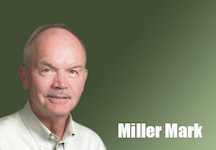“Get real.” How often this response was heard back in the day when someone, ofttimes yours truly, suggested something that was impractical to the point of fantasy. These brilliant ideas might work in some feverish brain but never in the real world. Getting real is the underlying theme in Vaclav Smil’s “How the World Really…



